We love sharing with you the history of iconic fashion brands on Glam Observer. Today, we are going to look into the history of Bottega Veneta, the prestigious Italian luxury house known for its large selection of leather goods.
Today, the success of Bottega is such that it’s almost hard to believe that it wasn’t always a go-to fashion label. Let’s see how it evolved throughout the years.
The History Of Bottega Veneta
The Origins of Bottega Veneta
Bottega Veneta was founded in 1966 in Vicenza, Italy, by Michele Taddei and Renzo Zengiaro. The brand’s primary product was leather goods, which is still a distinctive category of Bottega nowadays.
Since he was 14 years old, Zengiaro was working for several leather goods laboratories but at the age of 34, he decided to go out on his own.“With the son of one of the representatives that used to come to our company, a Padova-based individual of Neapolitan origins, Michele Taddei. We decide to open our very own laboratory […] We didn’t know how to call ourselves, and so we thought of small neighborhood stores of the past, such as the laboratories of painters, artists, then Veneto. And so, Bottega Veneta was created […] We right away focused on high-quality products using kidskin and tassels. My partner knew a tannery in Naples that ended up giving us materials”, shared Zengiaro in an interview.
In addition to his background in leather goods, Renzo Zengiaro described in an interview the reasons for specializing in bags like this:
«I’ve always had a passion for architecture, I’ve always looked at the monuments that are important in Vicenza, and I love Venice where I still go often».
«There were no leather goods schools at the time. Tradition referred us [the founders] to the Tuscan and Venetian leathers of the 16th century. Vicenza had a textile-wool tradition. I began to move away from the rigid shapes prevailing in the bags of the time but because I didn’t have skills as a leather craftsman. This is how I started making the soft bag, more suited to the times»
From the beginning, Bottega adopted a “When your own initials are enough” slogan, which means that instead of a logo, the brand signs its pieces by how they are made, focusing on quality, design, discreet elegance, and craftsmanship that helped the brand achieve success in the 60s and the 70s.

However, towards the end of the 70s, the brand’s philosophy of discreet elegance started clashing with the popularity of luxury branding and even made its popularity decrease in the 90s – the age of logomania. So it was decided to expand the range of products to apparel, shoes, jewelry, perfume, and other leather goods.
Bottega Veneta Intrecciato
Another distinctive feature of Bottega Veneta is its “Intrecciato” weaving technique, which means “braided”. The brand came up with the idea as its sewing machines lacked strength compared to other manufacturers of leather goods, so it couldn’t produce robust leather. The Intrecciato weave came as a solution to the problem by weaving delicate leather to create a woven pattern and thus make handbags more durable. Today, this signature element appears across all categories of Bottega’s accessory offerings.
Shortly after Zengiaro left Bottega Veneta in the late 70s, the founders transferred the brand into the hands of Taddei’s former wife, Laura Moltedo, who became the creative director. She continued using the Intrecciato design in her collections. The burgundy red Intrecciato leather “The Lauren 1980” clutch is particularly famous. It was carried by Lauren Hutton in the film American Gigolo (1980) and quickly became a cult item.
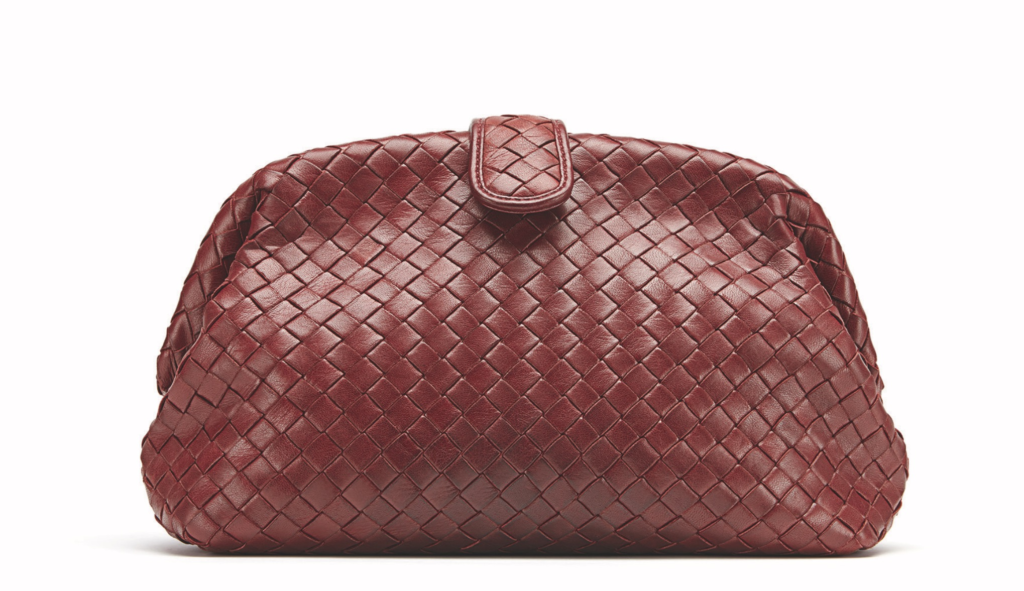
Despite facing some trouble with the “non-logo” designs in the 80s, during this decade, Bottega first gained a great deal of recognition from famous artists and celebrities, for example, Andy Warhol. He often visited Bottega’s store in New York and liked the brand so much that he produced a short film for the brand called Bottega Veneta Industrial Videotape.
The First Bottega Veneta Store
The first Bottega Veneta’s store outside Italy opened in New York City in 1972.
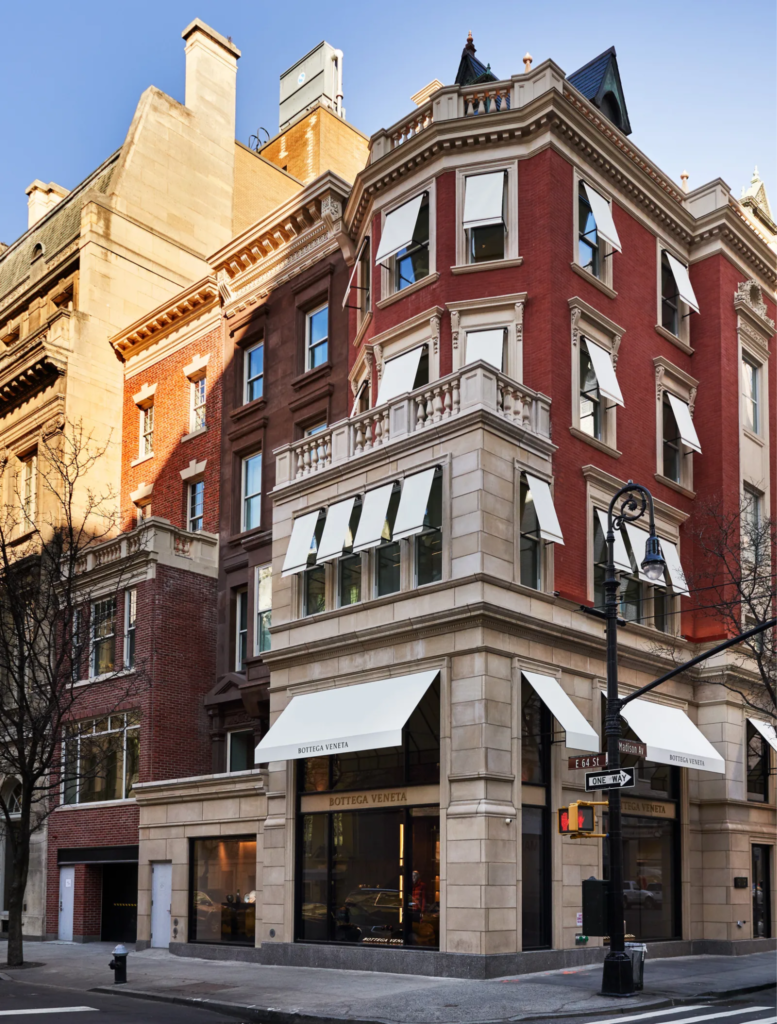
Laura Moltedo later contributed to the expansion of the brand in the U.S., opening 12 stores in the country, and also 5 in Europe, and 4 in Asia.
The First Bottega Veneta Fashion Show
In 1995, Edward Buchanan joined the brand as design director, creating the first ready-to-wear collection.The first fashion show took place at Palazzo Serbelloni in Milan in October 1998. He left the company after 6 years and was replaced by Giles Deacon for 1 year before a major event happened at Bottega.

Bottega Veneta Acquired by Kering
In 2001, Bottega Veneta was acquired by the Gucci Group (now Kering) presided by Tom Ford and Domenico De Sole. According to WWD, “De Sole at the time revealed that Bottega Veneta had been at the top of the list of his acquisition targets, and with Ford, realized the brand’s strong heritage based on high-quality leather accessories and shoes and Italian craftsmanship had huge potential. He believed the brand could exponentially grow its revenues, which in 2000 amounted to approximately $50 million.”
Bottega Veneta Under Thomas Maier
The same year, Thomas Maier was appointed as Bottega’s creative director. During his 17 years of tenure, the company returned to the brand’s roots and regained its prestige. Maier didn’t use logos and highlighted the brand’s famous Intrecciato weave. He once said to the press: “The Italian artisan was the starting point. Today, the collaboration between designer and artisan is at the heart of everything we do.”
Under Maier’s leadership, Bottega Veneta tripled its revenues and became Kering’s second-largest source of income behind Saint Laurent. On June 13, 2018, the Kering Group – that owns Bottega Veneta today – announced his resignation.

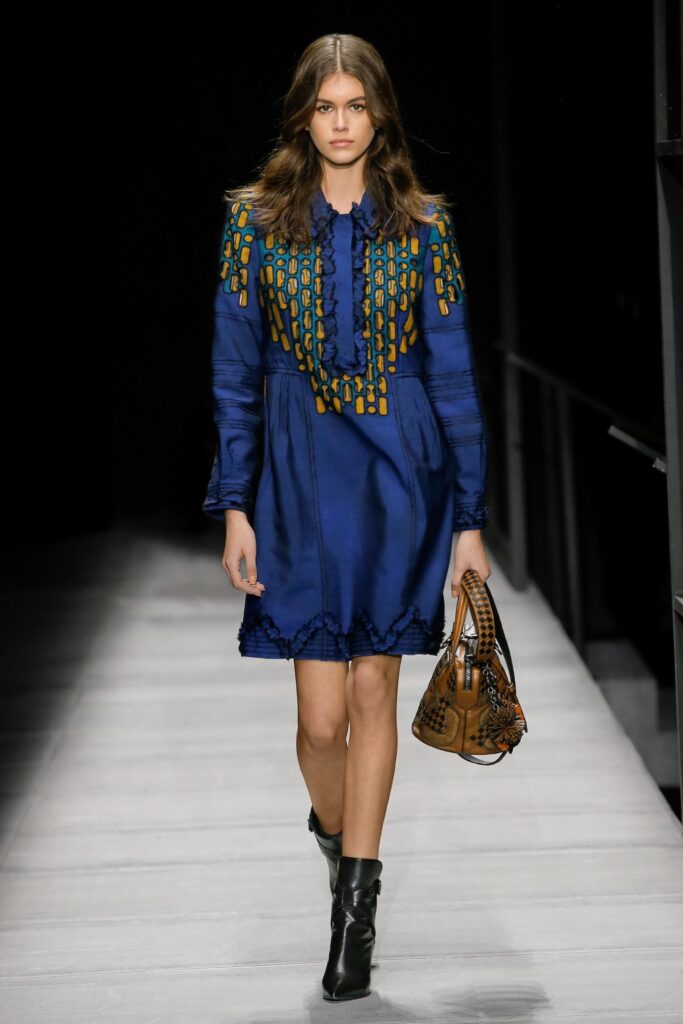
Bottega Veneta Under Daniel Lee
The same month, Daniel Lee took over as creative director. The young British designer had previously worked at Celine under Phoebe Philo as director of ready-to-wear, and before that he held positions at Maison Margiela, Donna Karan, and Balenciaga.
Towards the end of Maier’s resignation, the brand had struggled to keep up with rapid changes in the consumer landscape, as demand waned in its key market, Asia, and it failed to appeal to the Millennial audience. Daniel Lee brought the spotlight to Bottega Veneta and helped revive the brand, which is known as “The New Bottega”. He turned into one of the hottest fashion brands injected with a modern, youthful spirit, and introduced many new products that became iconic, such as the Cassette bag, the Pouch bag, the Arco tote bag, the Point bag, the Jodie bag, Puddle boots, the Stretch sandals, and the Lido sandals, among others.

On November 10, 2021, Bottega Veneta and Daniel Lee announced the creative director’s departure from the label after 3 years of tenure.
Bottega Veneta Under Matthieu Blazy
On November 15, 2021, Matthieu Blazy became the new creative director and made his debut with the Fall/Winter 2022 fashion show staged in Milan.

Just like his predecessors, Blazy stayed loyal to the brand’s focus on craftsmanship and revived the “without logo” tagline in a new advertisement. This time, it featured not the Intrecciato bag, but the Padded Cassette.

Have you seen Matthieu Blazy’s latest fall/winter 2023 collection? We are curious to see what he will do next and what the future of Bottega Veneta will be.
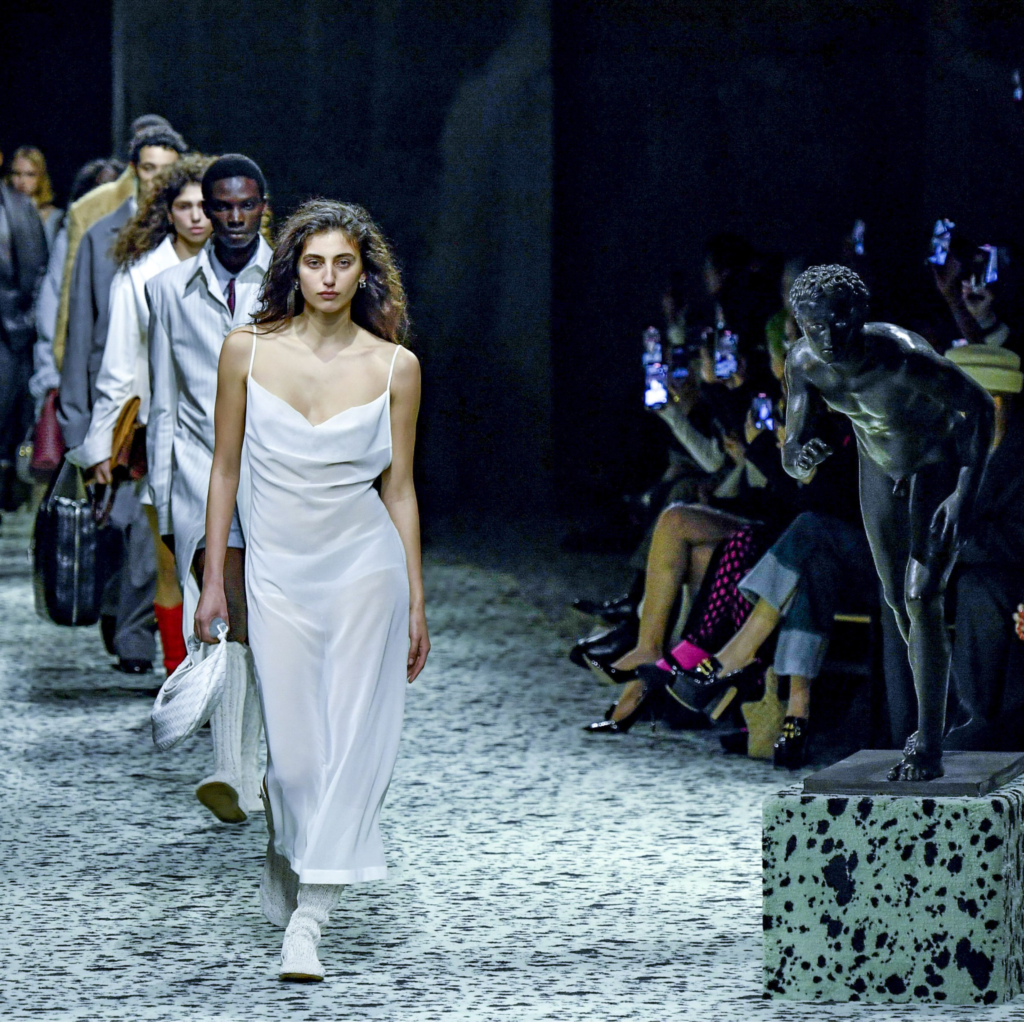





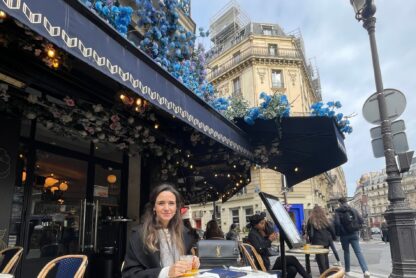

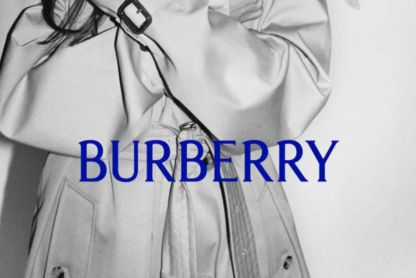


Hi,
I am looking for fashion/Textile Design internship & jobs in Paris